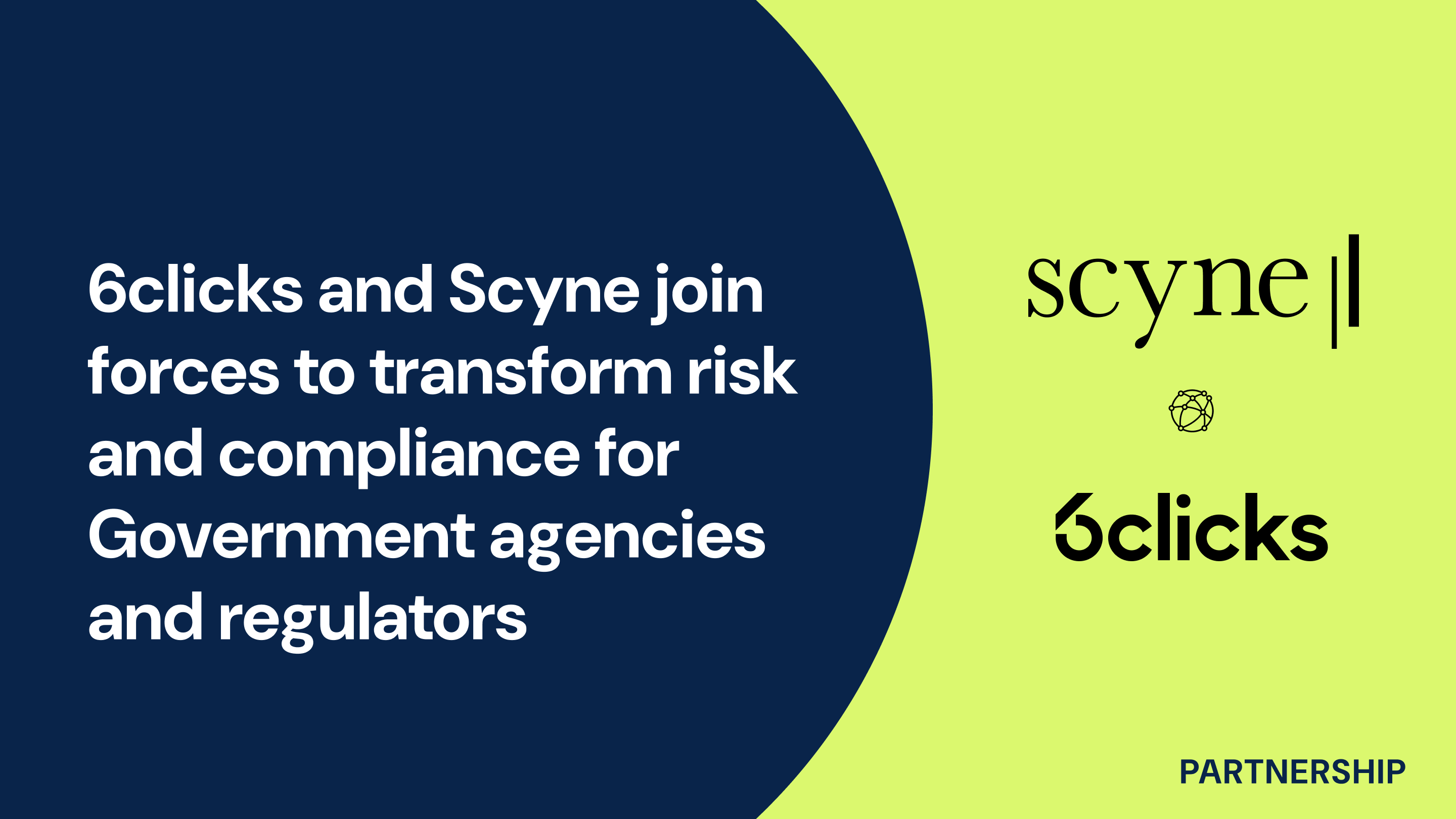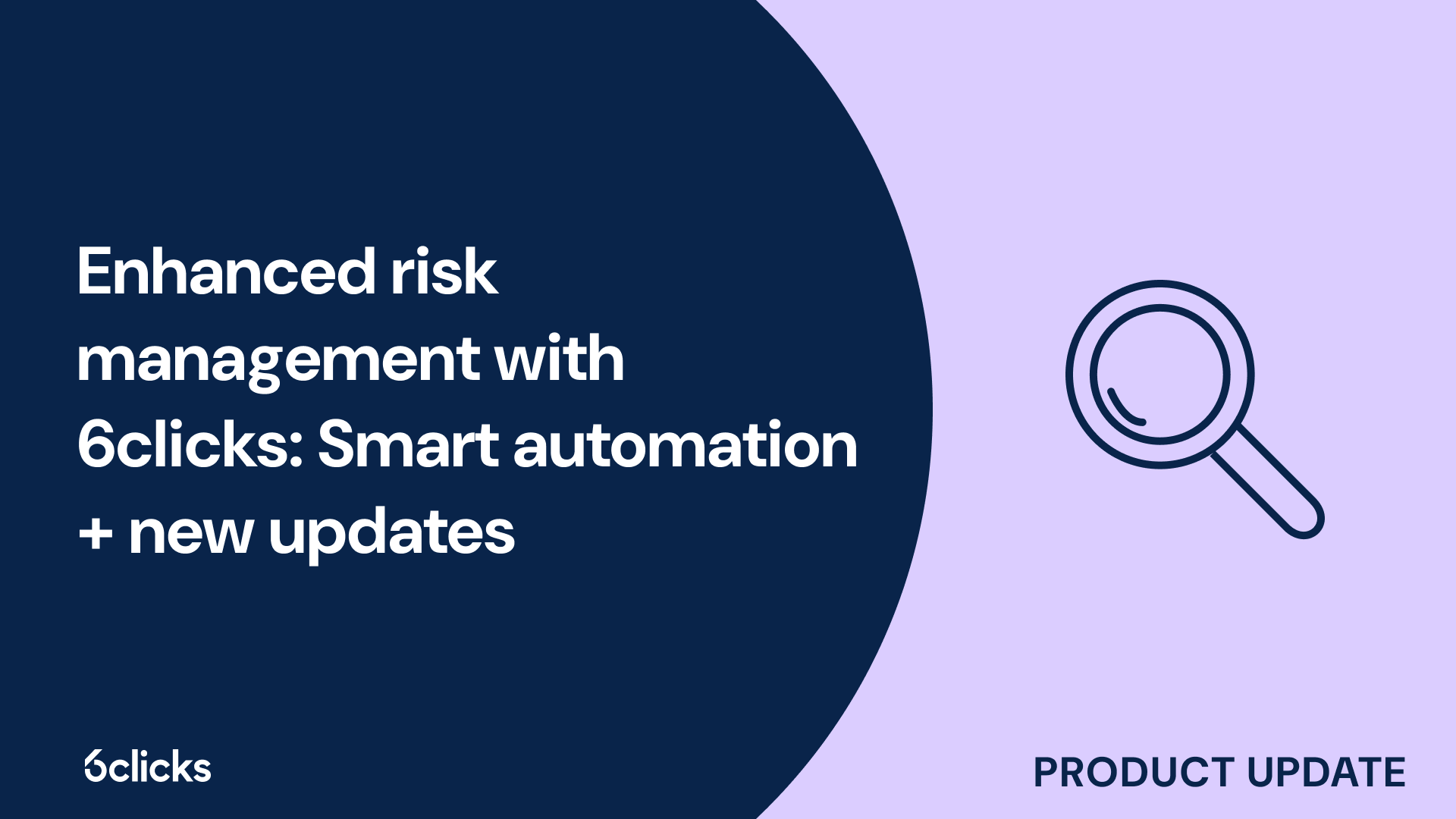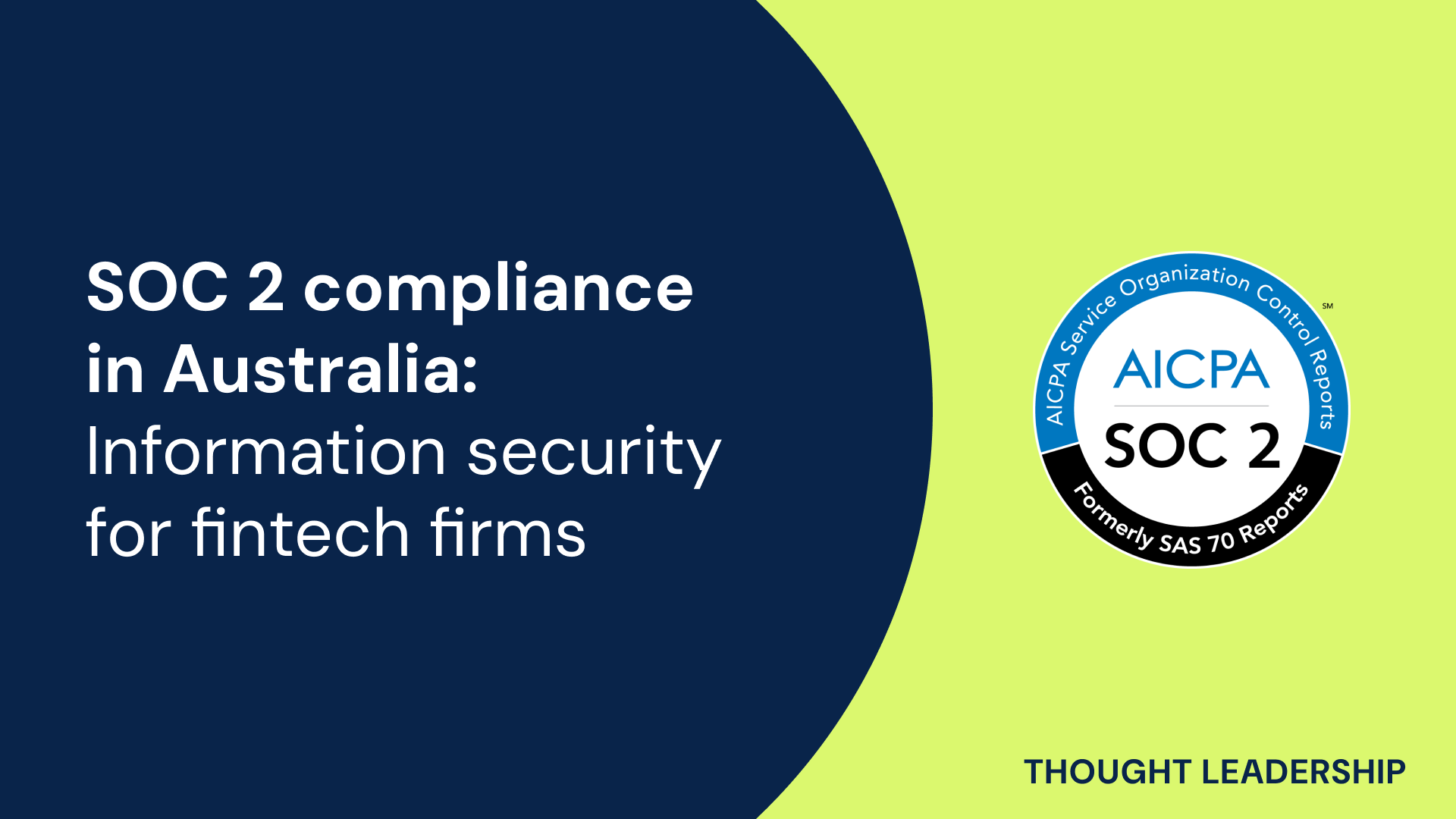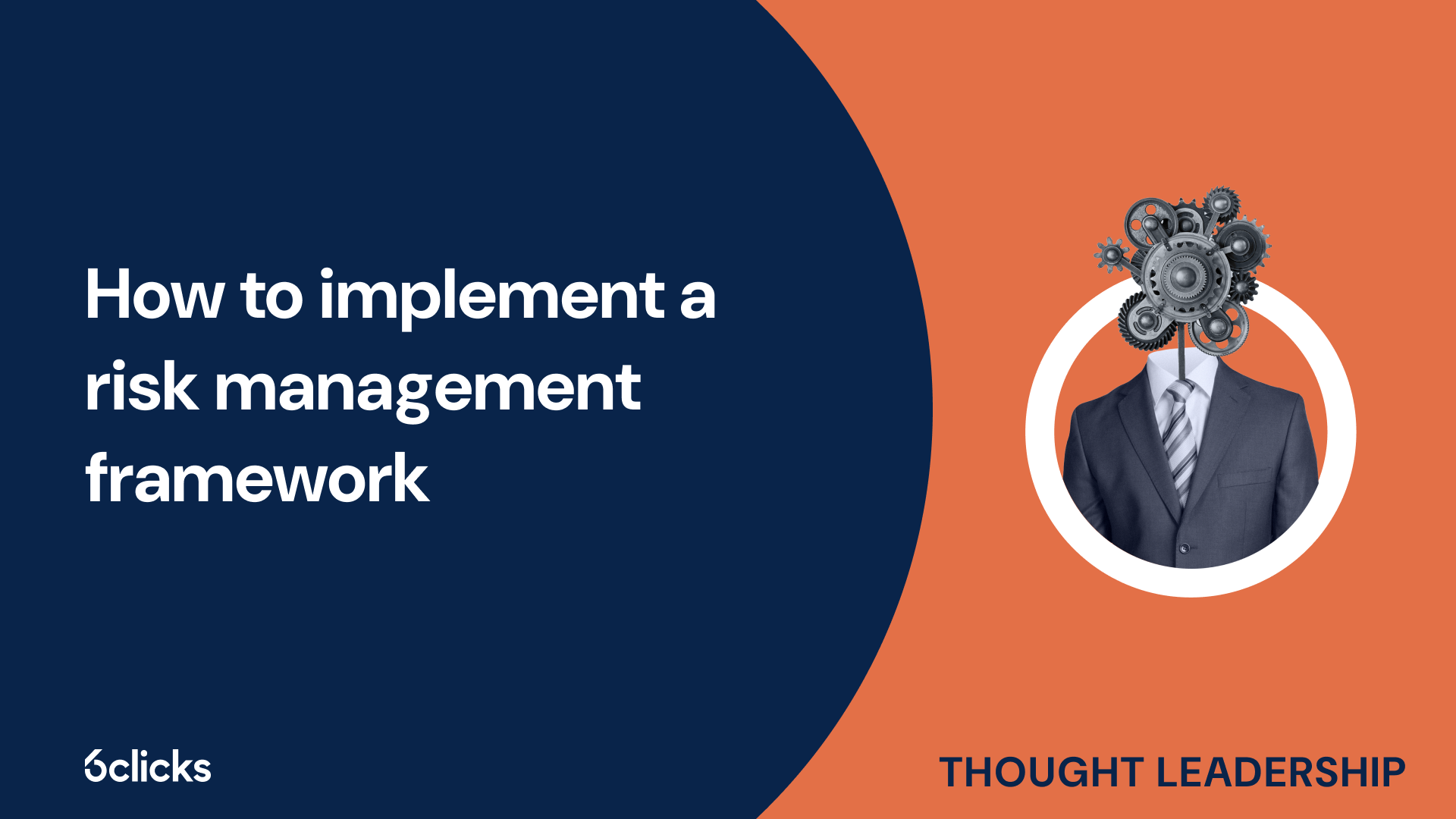The GRC buyer’s guide for 2025: Building resilience with AI-powered, federated solutions
Discover the ultimate GRC buyer's guide for 2025! Uncover how AI-powered, federated solutions transform compliance and security management for industries like government, aerospace, banking, and more. Learn about centralized control, continuous compliance, and advanced cyber GRC capabilities. Download now!
-1.png?width=200&height=249&name=Group%20193%20(1)-1.png)
The GRC buyer’s guide for 2025: Building resilience with AI-powered, federated solutions
What is regulatory compliance?
Regulatory compliance means following the laws, regulations, and standards set by authorities. It involves implementing the right policies, procedures, and practices to ensure all required rules are met. Compliance is crucial for staying within legal boundaries, avoiding violations, and reducing the risks of non-compliance. Failing to comply can lead to serious consequences, such as fines, penalties, damage to reputation, or even jail time. To avoid these risks, organizations must build a culture of compliance and adopt effective policies to stay in line with relevant regulations.
Why is regulatory compliance important?
Regulatory compliance is vital for organizations because it ensures business integrity, protects stakeholders and the public, builds trust, and boosts profitability.
By following regulations, businesses show their commitment to ethical practices and transparency, building a trustworthy reputation with customers, employees, and partners. Compliance also safeguards stakeholders by keeping operations within legal boundaries, avoiding consequences like fines, legal penalties, or even jail time.
Staying compliant helps organizations maintain customer trust and improves brand perception, as customers are more likely to support companies that prioritize safety and security. Additionally, organizations that meet regulatory standards often gain a competitive edge, attract investment, and face fewer disruptions, contributing to long-term success.
Discover regulatory compliance in the digital age and key considerations
Understanding regulations
For businesses, understanding regulations is essential to ensure compliance. This means knowing the laws and standards relevant to your industry. Staying updated on regulatory changes helps businesses adapt and stay aligned with legal requirements. By staying informed, companies can manage risks and demonstrate their commitment to ethical operations.
1. Researching and understanding laws and regulations
Researching industry-specific regulations and understanding the regulatory bodies behind them is crucial. For example, healthcare organizations must comply with HIPAA, publicly traded companies with the Sarbanes-Oxley Act (SOX), and businesses in the EU with GDPR. Understanding the roles of regulatory agencies, such as the U.S. Securities and Exchange Commission or the California Privacy Protection Agency, helps organizations stay compliant with the necessary laws.
2. Keeping up with regulatory changes
- Compliance team: Appoint a dedicated team to monitor regulations and identify changes.
- Regulatory audits: Regular internal audits help identify gaps in compliance.
- Software solutions: Use tools to track changes in regulations automatically.
- Compliance officer: Assign someone to oversee compliance efforts within the organization.
3. Creating a compliance program
A well-established compliance program helps organizations ensure they follow relevant regulations and avoid penalties. This program should include clear policies, regular audits, a dedicated compliance officer, and tools to track regulatory updates. A strong program fosters a culture of compliance and offers a competitive edge in the market.
4. Establishing a compliance team
- Identify team members: Select individuals with expertise in regulations.
- Define roles: Assign clear responsibilities to each team member.
- Encourage communication: Establish regular meetings and updates for seamless coordination.
A strong compliance team helps mitigate risks and ensures accountability.
5. Developing policies and procedures for compliance
- Collaborate with divisional leaders: Understand the specific needs of each department.
- Format the policies: Choose the most effective method for communication.
- Accessibility: Make policies easy for employees to access.
- Set deadlines: Require employees to acknowledge understanding of policies.
- Measure understanding: Regularly assess employee knowledge of compliance requirements.
6. Implementing internal audits to monitor compliance
Regular internal audits are essential for monitoring compliance levels. An audit team should assess the effectiveness of compliance processes, identify gaps, and suggest corrective actions. Ensuring auditors have independence and access to all necessary information is key for success.
7. Establishing a business continuity plan in case of non-compliance events
A business continuity plan is necessary to address non-compliance events. This plan should outline how to handle such situations, mitigate risks, and minimize disruptions. Key components include identifying potential risks, establishing response protocols, and regularly testing the plan to ensure readiness.
Adhering to regulations
Staying compliant with regulations is essential to avoid legal consequences and build a positive brand reputation. A well-defined compliance program, regular audits, and staff training are necessary for continuous adherence to regulations. This will help businesses navigate legal challenges and maintain customer trust.
1. Ensuring adherence to laws, industry standards, and regulatory requirements
To maintain compliance, businesses must stay informed about the regulations governing their industry. Regular audits, risk assessments, and employee training are crucial to ensure all aspects of the business align with regulatory standards. Keeping up with changes and refining policies will protect the business from penalties and legal issues.
2. Evaluating risk assessment strategies for potential violations
- Environmental risk: Ensuring compliance with environmental laws.
- Corruption risk: Preventing unethical practices such as bribery.
- Health and safety: Maintaining a safe work environment.
- Data management: Securing customer data and following data protection laws.
- Process risk: Addressing non-compliance in business processes like financial reporting.
3. Taking proactive measures to avoid legal obligations
- Conduct internal audits to identify compliance issues.
- Stay updated with regulatory changes.
- Establish a dedicated compliance team.
- Develop and implement clear compliance policies.
- Provide regular employee training on compliance matters.
4. Identifying warning signs of possible violations
- Frequent non-compliance incidents: This may indicate deeper issues.
- Data privacy breaches: Unauthorized data access or misuse.
- Financial irregularities: Discrepancies in financial records.
- Cybersecurity breaches: Issues related to data protection and system security.
By addressing these warning signs early, organizations can minimize the risk of regulatory violations and protect their reputation.
Read more: Managing security compliance in 2025: Best practices and frameworks
Summary
Regulatory compliance refers to the process of adhering to the laws, regulations, and standards set by governing bodies to ensure that a business operates within legal boundaries. Compliance is essential for avoiding fines, penalties, and reputational damage. It involves implementing appropriate policies, procedures, and practices to meet legal requirements. Organizations must create a culture of compliance to prevent risks and foster trust among stakeholders, ensuring long-term business success.
The importance of regulatory compliance cannot be overstated, as it safeguards the integrity of an organization and builds confidence among customers, employees, and partners. By staying compliant, businesses enhance their reputation, protect stakeholders, and reduce the risk of legal or financial penalties. A strong compliance program, ongoing risk assessments, and staying updated with regulatory changes are crucial for maintaining compliance. This proactive approach not only helps organizations avoid legal challenges but also positions them to thrive in a competitive and transparent market.
How 6clicks can help
- Security compliance: Implement and assess your compliance with diverse regulatory frameworks and standards such as DORA, ISO 27001, NIST CSF, and more
- AI-powered compliance management: Automate various processes including framework mapping, gap analysis, and control creation using our AI engine, Hailey
- Audit readiness: Generate turnkey reports, streamline audits and assessments through automated responses, and become audit-ready with ease














